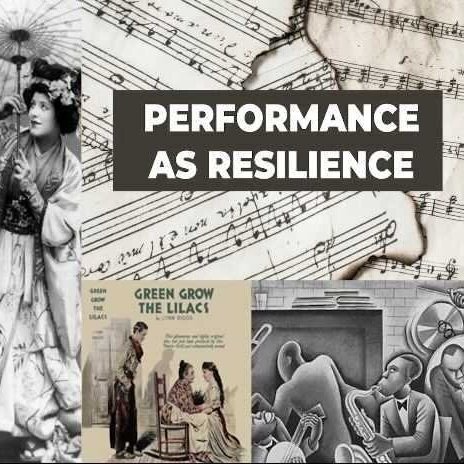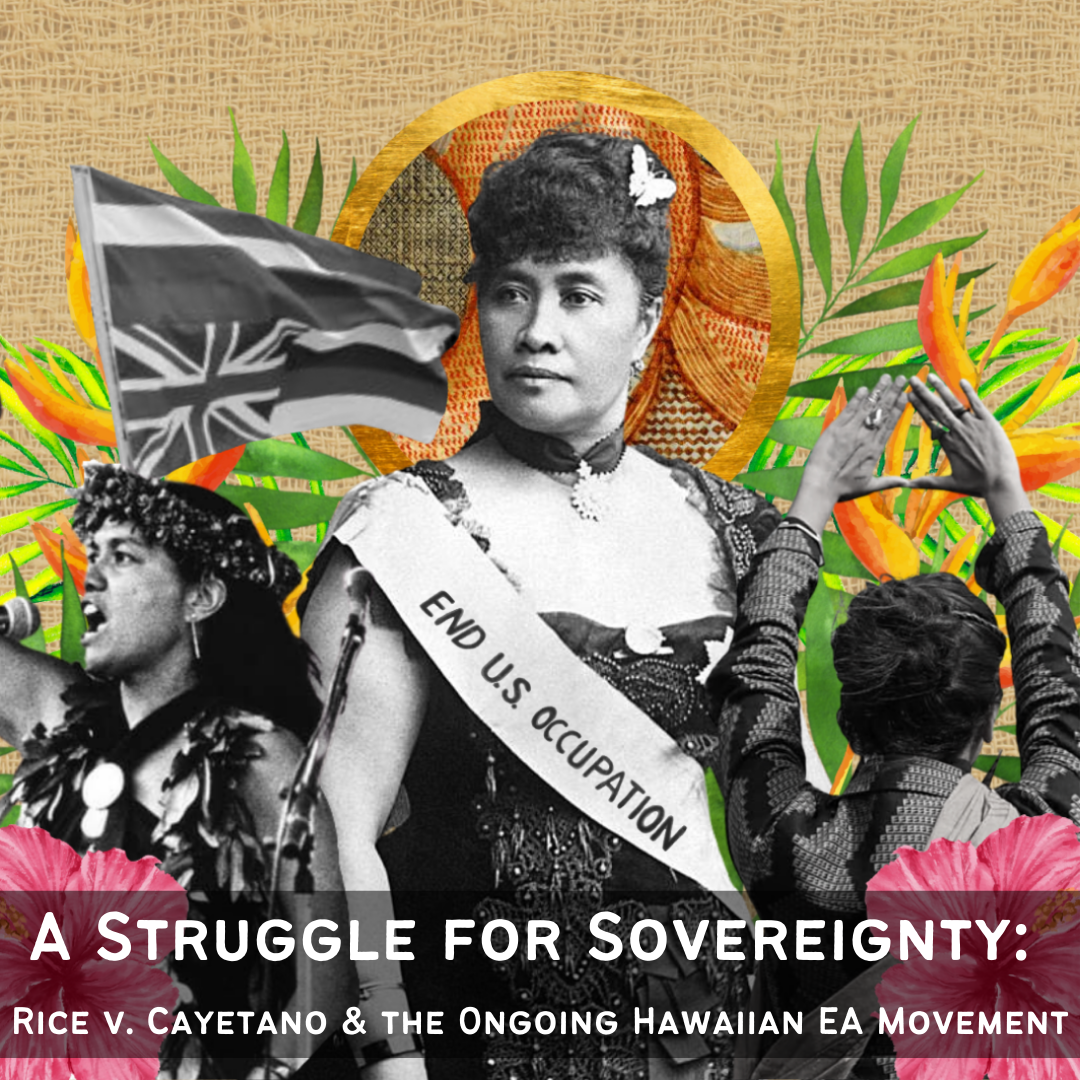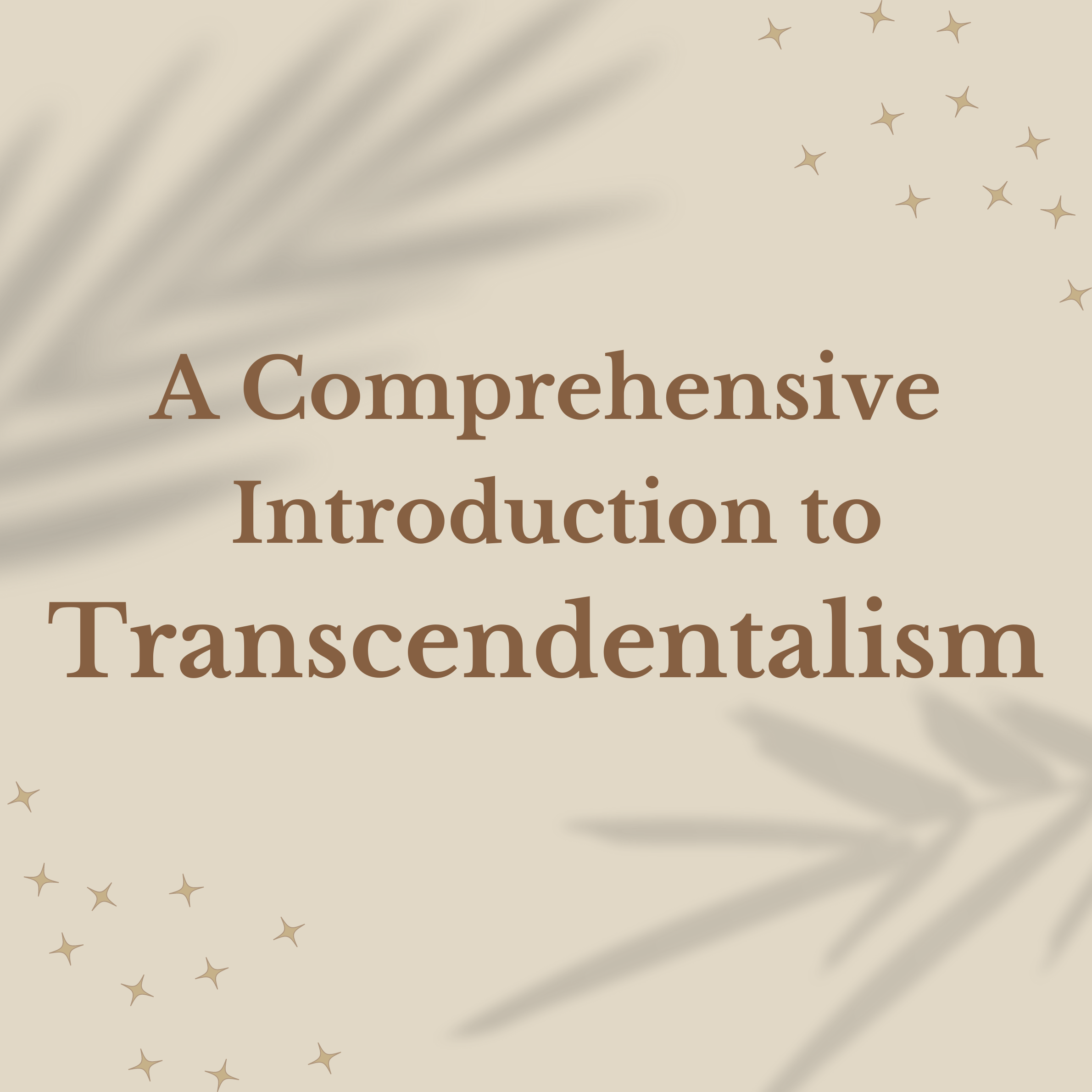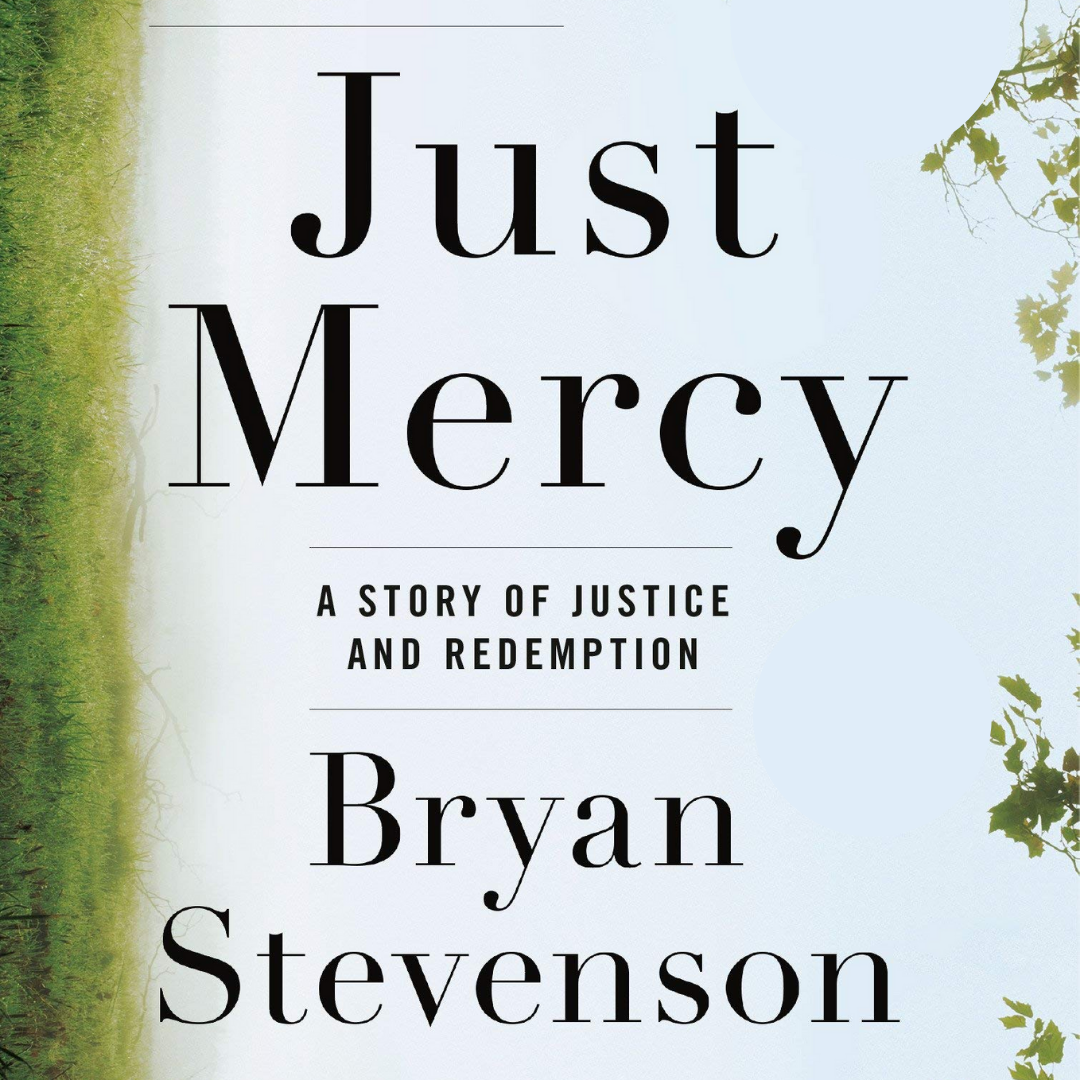Lesson Plans
We want the process of incorporating BIPOC voices and building an anti-racist classroom to be as accessible to educators as possible. That’s why our lesson plans are aligned with national education standards, designed to be flexibly integrated into your existing class curriculum, and include a variety of activities (including interactive slides that can be shared with your students). Whether you use these as stand-alone lessons or adopt a whole lesson plan series, we hope these resources will help you build an empowering community alongside your students. Check back often, we are always releasing new lesson plans!
Grade Level Standards Met

Misogynistic and Antisemitic Coding in TV and Film
Harmful (and positive) societal beliefs do not appear out of thin air. Television, film, and other forms of art can reflect and further perpetuate ingrained societal beliefs. In this lesson, students will explore the ways in which antisemitism and misogyny are ingrained in television and film by exploring four different archetypes of Jewish women. Students will discover how coding can be used to subtly call upon stereotypes by analyzing example scenes. Students will discuss how art can be used to uphold, subvert, or even reclaim stereotypes.

The History of Jewish American Women’s Activism
Jewish women have been disproportionately active in American social and political movements. But often, the Jewish identity of these activists has been omitted from history books, or their involvement has been omitted altogether. In this lesson, students will explore the ways in which Jewish women have been involved in these movements and how their identities shaped their activism. Students will practice public speaking and presentation skills and discuss how identity shapes activism and the importance of acknowledging the identities of historical figures.

Performance as Resilience: BIPOC Artists Throughout the 1900s-1920s
Throughout this lesson plan, students will learn the histories of BIPOC artists through the 1920s and their contributions to Vaudeville, the Harlem Renaissance, and Silent Film. Using primary and secondary sources from multiple media types, students will engage in rigorous discussion and creative projects to reinforce learning. Appropriate for history and or arts classes.

A Struggle for Sovereignty: Rice v. Cayetano & the Ongoing Hawaiian Ea Movement
In this lesson, students will explore the history of the Kingdom of Hawai'i, unearthing the long and ongoing struggle for ea (sovereignty) through the lens of Hawai'ian activists. Students will also engage in a thorough analysis of federal attempts to suppress Hawai'ian sovereignty through the Rice v. Cayetano Supreme Court Case.

Interior Chinatown
This lesson plan series centers Charles Yu's novel Interior Chinatown, and is appropriate for high school English classes like American Literature or AP Literature. The story is written in the format of a script and follows a man who is forced to play the part of "Generic Asian Man" on a cop show. The book addresses anti-Asian stereotypes in American culture and media, race, the institution of police in America, gender, and class. The unusual narrative style of the book invites discussion about how narrative can further the plot and message of a book.

1974 San Francisco Jung Sai Workers’ Strike
In this lesson, students will develop a nuanced understanding of how the labor struggle extended into the 20th century by analyzing the 1974 Jung Sai Workers’ Strike and exploring the labor environment that catalyzed the strike. Students will compare and contrast the event with other American strikes by engaging with a variety of primary and secondary sources regarding labor strikes.

A Comprehensive Introduction to Transcendentalism
In this lesson plan, students will learn about the literary Transcendentalism movement in America, from the key concepts and characteristics of Transcendentalism to the most important figures of the movement. Students will practice literary analysis through SOAPSTones, reflective journaling, class discussion, and rhetorical analysis. Additionally, students will learn about the Asian cultural and religious ideologies that influenced Transcendentalism (e.g. Hinduism and Confucianism) to develop a comprehensive understanding of Transcendentalism’s origins and impact.

Biology, Society, and Policy
This lesson plan is designed as an interdisciplinary exploration of the role of biology in the real world, both throughout history and today. Through guided discussions and small group research, students will discover the intersections between biology, society, and policy and become more aware of how science impacts their everyday life.

Exploring LGBTQ+/Immigrant Narratives Through Music
In this lesson plan, students will explore the various intersections between queerness, race, immigration, and gender identity through the literary analysis of music and other forms of educational media. Students will make connections to the general phenomena associated with being an immigrant and being part of the LGBTQ+ community while thinking critically about the identities of each respective group.

Human Impact of World War II
In this lesson, students will look at sources related to the atrocities committed during World War II, utilizing their critical thinking skills to recognize that war is inherently rooted in modes of oppression, and oftentimes has no clear ‘good’ or ‘bad’ side. Topics covered include sexual violence in WWII, Japanese-American internment camps, and the effect of imperialism on Asia-U.S. relations.

Just Mercy
Students will explore the American justice system and the power of identity and community. Lessons focus on analyzing the author's purpose, structure of evidence, and constructing arguments.
Ideas for future lesson plans or topics? Want to share your knowledge and collaborate with Diversify Our Narrative?

